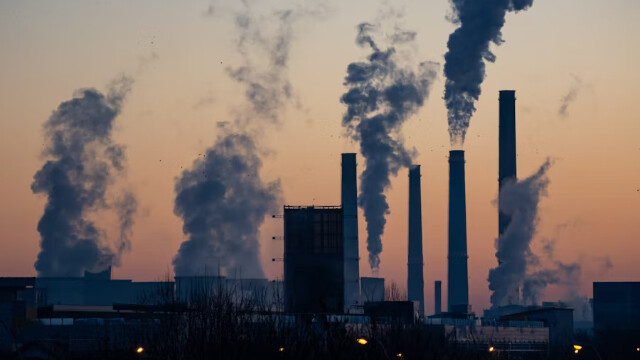
In an era when air pollution is one of the biggest global challenges, understanding the fate and treatment of these emissions is essential for moving towards a more sustainable industry. Throughout this article, we will examine how industrial gases behave once released, what technologies are used to control them, and how the role of factories is being redefined in the face of the climate crisis. Industrial gases are byproducts of processes such as metal smelting, cement manufacturing, the chemical industry, and energy production. The main gases emitted include carbon dioxide (CO₂), carbon monoxide (CO), nitrogen oxides (NOx), sulfur dioxide (SO₂), volatile organic compounds (VOCs), and fine particles (PM2.5 and PM10). When gases exit industrial chimneys, they rise into the atmosphere and disperse thanks to wind and air currents. This process is known as atmospheric dispersion. However, their fate depends on many factors: the height of the chimney, the temperature of the gas, meteorology, and chemical composition. As the gases ascend, they mix with the air, and their concentration decreases. Heavier particles and certain pollutants eventually settle on the earth's surface or in water bodies, affecting soil and water quality. In some cases, air currents can transport pollutants for thousands of kilometers, affecting regions that do not even have industrial activity. In summary, industrial gases do not disappear: they transform, disperse, and in many cases accumulate, generating local and global impacts. The effects of industrial emissions are broad and concerning. According to studies by international organizations, millions of premature deaths each year are linked to air pollution. The main impacts include global warming, air pollution, acid rain, and health damage. Fortunately, there are advanced technologies designed to mitigate the effects of industrial emissions. These solutions allow for capturing, filtering, or transforming pollutants before they are released into the air. These include bag filters, scrubbers, cyclone separators, catalytic converters, carbon capture and storage (CCS) systems, and biofilters. Thanks to these technologies, many factories are significantly reducing their carbon footprint and pollutant emissions. Governments have developed legal frameworks to regulate industrial atmospheric emissions. Key points include setting maximum emission limits, issuing environmental permits, continuous monitoring, and imposing fines and penalties for non-compliance. These regulations not only aim to protect the environment but also to incentivize technological innovation towards cleaner and more efficient processes. Modern industry is increasingly betting on a transition to clean technologies. Key trends include using renewable energy in industrial processes, moving towards a circular economy, carbon capture and utilization (CCU), and digitalization and smart monitoring. Around the world, many companies have demonstrated that it is possible to produce without excessive pollution. Examples include implementing more efficient kilns and filters in the cement industry, using advanced catalysts in chemical plants, installing vapor recovery systems in oil refineries, and reusing process hot gases in metallurgy. Emission control does not end when the gases leave the chimney. Continuous Environmental Monitoring Systems (CEMS) allow for real-time measurement of major pollutants. By combining technology, regulation, and social awareness, it is possible to completely transform the environmental impact of factories. While industries are primarily responsible for controlling their emissions, society also plays a fundamental role. Responsible consumers, environmental education, and citizen participation are key to demanding accountability and fostering a culture of respect for the environment. The future lies in cleaner air: the fate of industrial gases no longer has to be a mystery or an insoluble problem.













